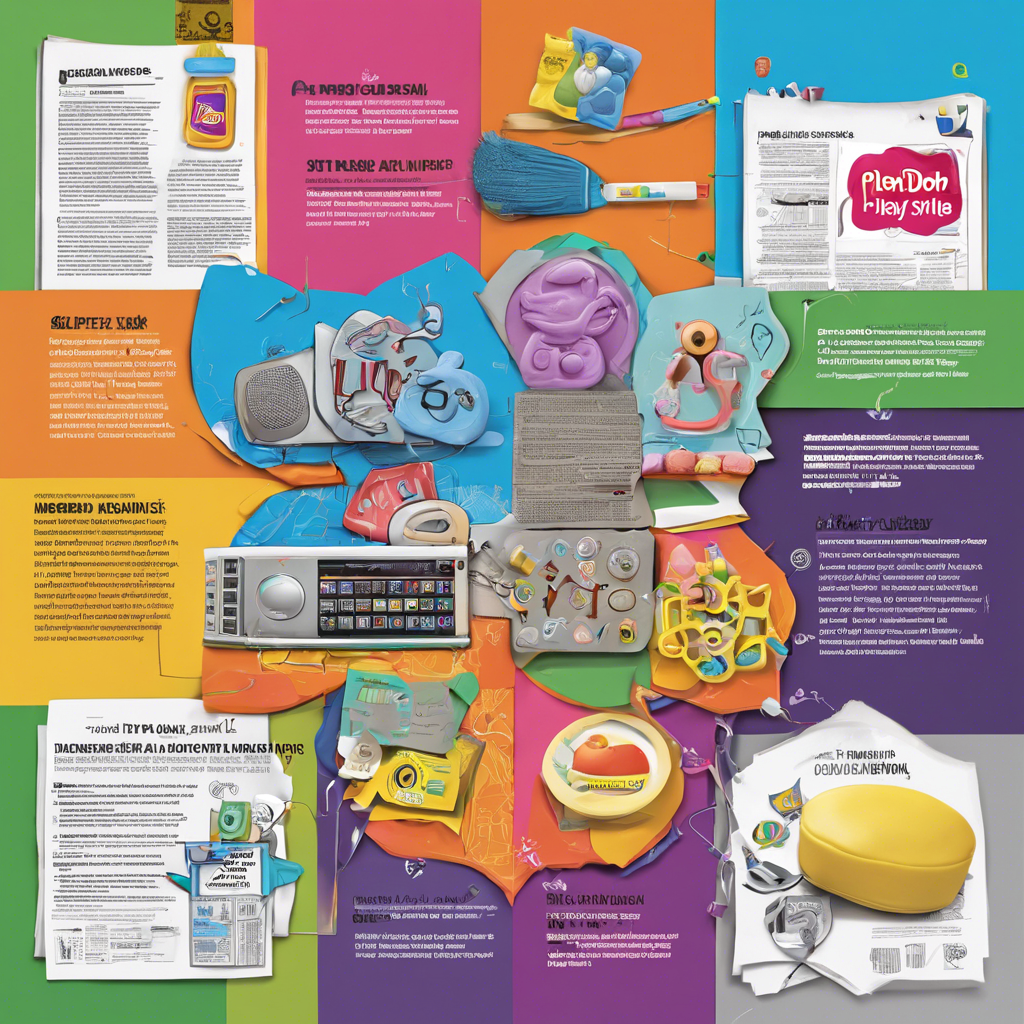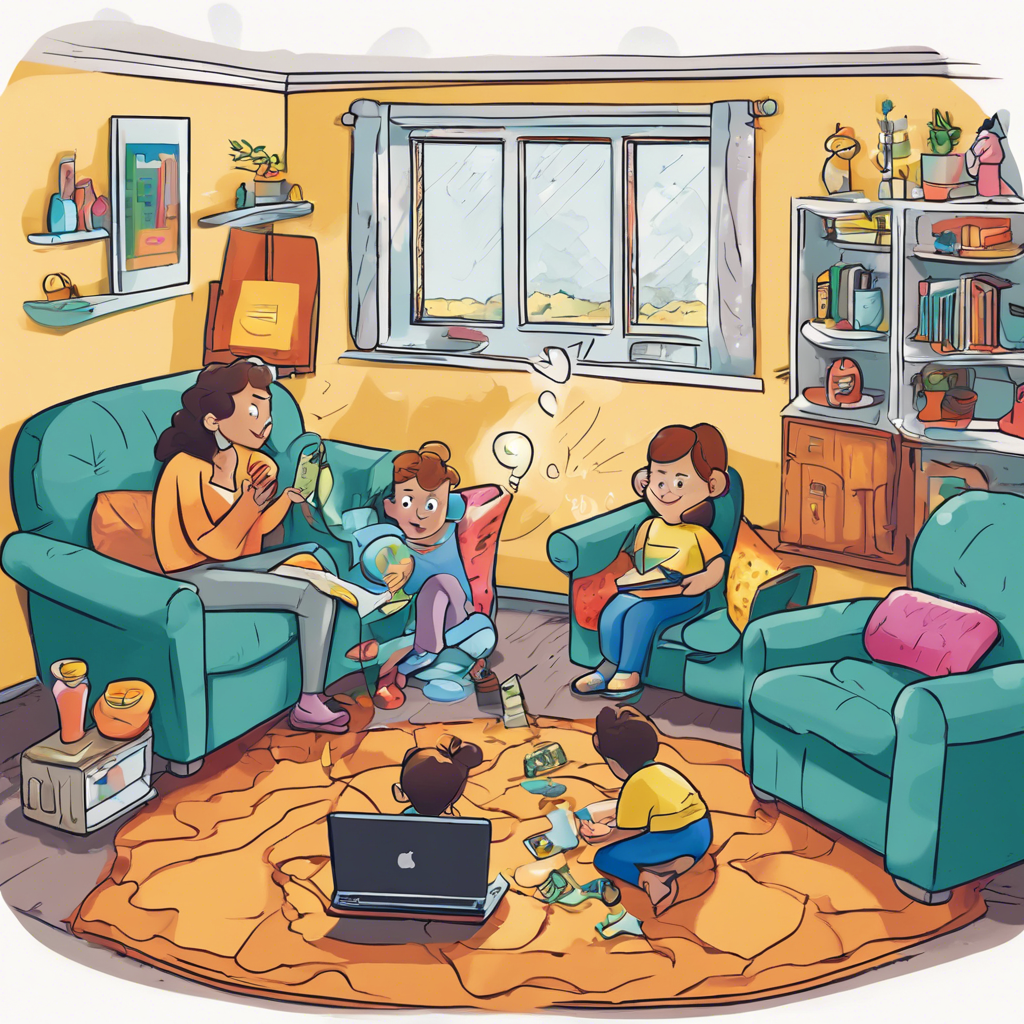
How Do Audiences Perceive Credibility In Messaging From Traditional Media Compared To Social Media Influencers When Discussing Health-related Issues?
Introduction
This analysis explores audience perceptions of credibility in health messaging from traditional media sources versus health content delivered by social media influencers. Understanding these perceptions is essential during a time when both traditional media and social media profoundly impact public health opinions and behaviors.
Understanding Credibility in Traditional Media
Traditional media, which includes newspapers, television, and radio, has long been a trusted source for health information. Audiences often view traditional media as credible due to its established authority and the rigorous journalistic standards that underpin it. Trusted health messages from traditional media organizations are vetted for accuracy, offering audiences a sense of security regarding the health information they receive.
- Traditional media outlets boast a history of reliability and accuracy in health reporting.
- Content frequently includes expert interviews and well-researched scientific data.
- Health messaging aligns closely with guidelines from official health organizations, reinforcing audience trust.
Evaluating Credibility of Social Media Influencers
Social media influencers adopt a more personal and approachable style when delivering health-related content. Many share their personal health experiences, which can create emotional connections with their followers. However, without formal vetting or accountability, the credibility of their health messages is often questioned. While some influencers provide accurate and valuable health information, misleading claims can easily spread across social platforms.
- Influencers build their credibility through active engagement with their audience and creating community ties.
- Personal narratives resonate with audiences but often lack rigorous scientific support.
- The fast-paced sharing of information can lead to both helpful health insights and the spread of false information.
Comparative Assessment of Credibility
Research indicates audiences trust traditional media more for health information, viewing it as more credible due to higher accountability and expertise. However, this trust can be contrasted with the perceived authenticity offered by social media influencers. The challenge for audiences lies in navigating between these perspectives as they seek health information that combines expertise with personal relatability.
- Studies reveal a tendency for audiences to prefer health information from recognized trustworthy sources.
- A well-articulated health message from an influencer can boost credibility if backed by scientific consensus.
- Differences in credibility perceptions encourage audiences to evaluate multiple sources before making health decisions.
Conclusion
In conclusion, while traditional media maintains its credibility stemming from established authority and rigorous vetting processes, social media influencers present relatable content that connects on an emotional level. The evolving nature of health communication highlights the importance of understanding how credibility is perceived across different platforms. Audiences should critically evaluate both forms of messaging by considering the expertise of the source alongside their personal experiences.
Expert Quote
Dr. David Lazer, Professor of Political Science and Computer and Information Science at Northeastern University
As individuals increasingly rely on social media for health information, comprehending the complexities of credibility in this domain is essential. The challenge persists in distinguishing between personal anecdotes and rigorous scientific evidence, especially when it comes to public health outcomes.
Article in the Journal of Health Communication, 2021
Relevant Links
Social Media and Health Care Professionals: Benefits, Risks, and ...
https://pmc.ncbi.nlm.nih.gov/articles/PMC4103576/Setting the future of digital and social media marketing research ...
https://www.sciencedirect.com/science/article/pii/S0268401220308082ACCC+commissioned+report+-+The+impact+of+digital+platforms+ ...
https://www.accc.gov.au/system/files/ACCC+commissioned+report+-+The+impact+of+digital+platforms+on+news+and+journalistic+content,+Centre+for+Media+Transition+(2).pdfHealth-Related Communication of Social Media Influencers: A ...
https://www.tandfonline.com/doi/full/10.1080/10410236.2024.2397268Communicating in a Crisis: Risk Communication Guidelines for ...
https://store.samhsa.gov/sites/default/files/d7/priv/pep19-01-01-005.pdfYouTube Videos
Most popular questions

How Do The Personal Relationships Among Gods Affect Their Decisions In The Iliad?
The intricate relationships among the gods in Homer's epic poem 'The Iliad' play a crucial role in shaping their actions and decisions. These divine interactions create a complex web of fates, where each god's personal alliances and rivalries directly influence the events of the mortal world.

What Strategies Can Parents Use To Educate Their Children About Online Safety Beyond Privacy Settings?
In today's digital landscape, teaching children about online safety is essential for their protection and well-being. While privacy settings play a critical role, parents can implement various strategies to create a thorough understanding of online safety principles among their children.

What Are The Different Types Of Insulation Materials Commonly Used In Buildings, And How Do They Compare In Terms Of Thermal Resistance?
Insulation materials are vital for enhancing energy efficiency in residential and commercial buildings by minimizing heat transfer. Understanding the various insulation types can lead to better choices for thermal resistance and overall comfort.
Most recent questions

In What Ways Did The Advancements In 1980s Technology Influence The Sound Design And Music In Action Movies?
The 1980s marked a groundbreaking era for film technology, igniting transformative innovations that redefined sound design and music in action movies. Thanks to advancements in electronic instruments, digital recording techniques, and synthesizers, filmmakers discovered innovative methods to elevate the auditory experience of their films, setting the stage for modern soundscapes.

What Role Does Authenticity Play In The Effectiveness Of Celebrity Endorsements On Social Media?
Authenticity in celebrity endorsements on social media represents a key driver of their success. It reveals how genuinely a celebrity promotes a product or service, significantly affecting audience perception, engagement, and trust, thereby enhancing marketing outcomes.

How Do Viewer Demographics Influence The Selection Of Themes And Narratives In Television Series?
Viewer demographics are essential in shaping the themes and narratives of television series. By analyzing the audience’s age, gender, cultural background, and viewing preferences, producers can significantly enhance the storytelling strategy of a show and improve its overall appeal.